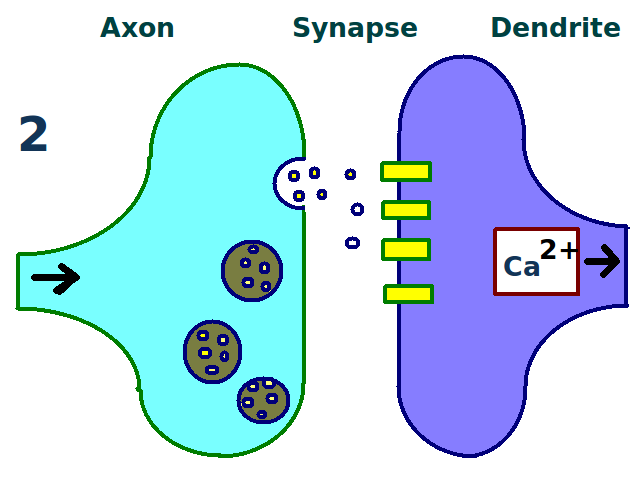A recent study published in Biological Psychology calls into the question the accuracy of describing the problematic use of pornography an addiction. The Daily Beast recently reviewed the article, focusing on one data point. (The reference to “LLP” in the quote below refers to “late positive potential” that measures the intensity of an emotional response in the brain.)
The results were clear: subjects who reported experiencing problems as a result of their pornography use did not display characteristically addictive brain activity when viewing sexual images.
As Greg Hajcak, a Stony Brook University researcher on the study, points out, a cocaine addict will experience “increased LLP to cocaine-related pictures”—one of the clearest indicators of psychological addiction.
But even subjects in the study who experienced “major problems” related to their porn usage didn’t display this same LLP pattern when viewing sexual images. In fact, as the researchers note, they “showed decreased brain reactions when shown the sexual images, rather than heightened activity”—the opposite of what one would expect to find in an addict’s brain.
The results are clear? Perhaps, yes, when it comes to the measure the magnitude of an LLP pattern. What is less clear is the interpretation of the researchers to the data.
When you show a person who uses cocaine a picture of cocaine, it arouses craving, euphoric recall and other emotionally conditioned responses to the drug. But when the person uses cocaine, he or she must use more and more in order to deliver the desired experience.
This is due to tolerance.
Tolerance refers to the brain’s adaptation to the presence of the drug in the system. As a person uses drugs or alcohol, the resulting rush of neurochemistry causes the attenuation of dendrites in the neuropathway over time. Dendrites “catch and transmit” neurosignals that shoot across the synaptic gap that links one neuron to the next. When dendrites are artificial bombarded by pleasure messages it causes a kind of neuronal short-circuit. The dendrites shut down.
Thus a person must use more and more of the drug to account for the loss of dendrites along the neuropathway.
In the test, the viewing of pornographic images for the person struggling with a sexual addiction is the equivalent — not of cocaine addict viewing pictures of cocaine — but of the cocaine addict uses cocaine.
One would expect to see less stimulation in the brain when viewing pornography if the person has built up a tolerance in the viewing of sexual images.
Rather than undermining the argument that pornography addiction is really an addiction, this study makes the case.

